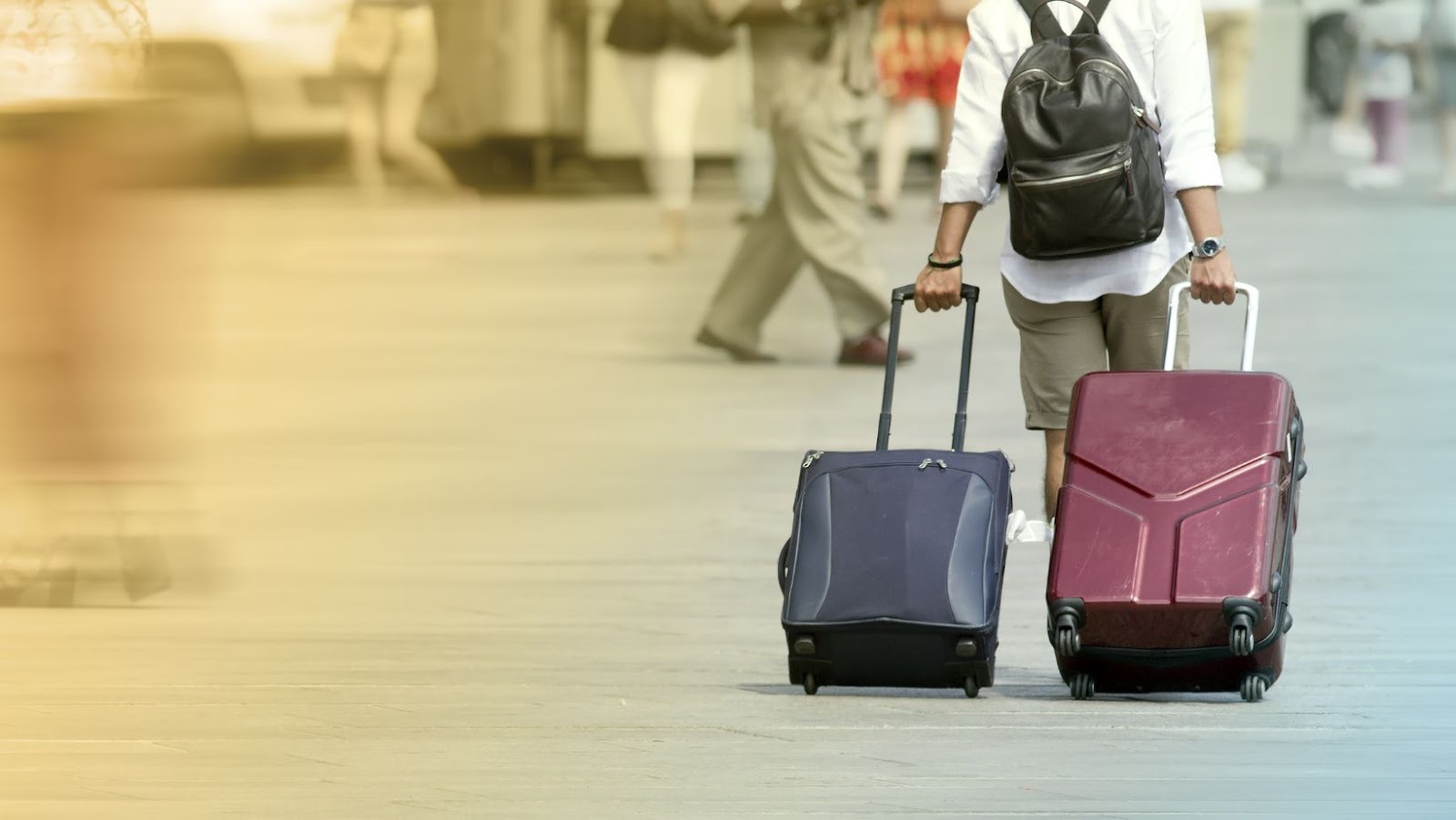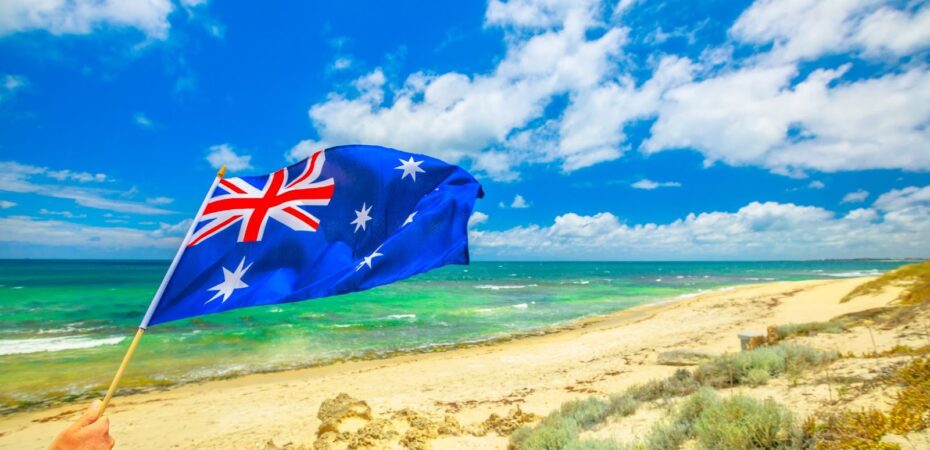Australia and Asia have longstanding bonds, connecting them through trade, sports and cultural exchanges, educational opportunities, sister-state agreements, and, most notably, tourism. Over the years, there has been a focus on strengthening tourism networks through the shared region with funding, marketing strategies, and an increase in ease of travel.
Indian travelers alone brought more than $45 billion into Australia in 2019, and numbers are starting to increase again, with close to $10 billion spent in 2022 after borders reopened. Singapore, Malaysia, Indonesia, Vietnam, and Japan are other key players in die Asia-Austalia travel sector, offering a wealth of opportunities for both inbound and outbound travelers.
Travel Bonds Between Asia and Australia
Trip.com released statistics from 2022, showing an increase in bookings from July to September, a period that is generally considered a slow season. The data emphasize that it is the ideal time for both regions to escape their respective climate extremes, with Aussies fleeing from the cold and Asians taking a break from the heat.
New Zealand remained the largest source market at that time, but Indonesia, Singapore, and Thailand all landed top spots too. The Australian Bureau of Statistics also found that many Asian destinations remained the top picks for Australians to visit. Trip.com also partnered with Tourism Malaysia to provide discounted flights and travel deals, and the website subsequently saw a 34% increase in flight bookings Vietnam ranked among the top 10, along with Singapore, Thailand, and India.
India-Australia Tourism Boost
Tourism Australia has partnered with several key players in the tourism industry to boost travel opportunities for Indian tourists. Singapore Airlines, Malaysia Airlines, Air India, Sri Lankan Airlines, and Thai Airways are all on board to offer attractive airfare for most of 2023. Tourists from India can also choose from a variety of accommodation options and tour packages that have been heavily discounted, including deals from TFE hotels, The Ovolo Group, and Hyatt Centric.

Mr. Nishant Kashikar, Country Manager, India and Gulf, Tourism Australia, said, “Australia remains an incredibly desirable destination for visitors from India, and we are always exploring avenues to keep offering great value on Australian holiday experiences to our Indian travelers. In addition, we are observing a new trend among consumers of longer-term planning of holiday travel. We are confident that this campaign will offer a compelling reason for travelers to plan early and book their next holiday to Australia well in advance.”
India is the third largest source market for Australian tourism, and with China’s delayed COVID efforts, India can likely leap into first place as Chinese tourists are yet to start traveling again. Tourists from India travel mostly to visit friends and relatives, but they book stays of several weeks with an average spend of $120 per night. Booking.com also recently released its inaugural Travel Confidence Index, where more than 11,000 people were surveyed to determine their likelihood to travel.
Indian travelers came out on top with a whopping 86% saying they are confident enough to return to normal traveling in a post-pandemic world and 70% saying they will accept travel disruptions. Australian tourists were relatively confident to travel, with two-thirds saying they are likely to travel, but only 36% were accepting of travel interruptions.
“It’s truly been heartwarming and exciting to see travel in Asia Pacific returning with the easing of most border restrictions,” says Laura Houldsworth, Managing Director of Asia Pacific at Booking.com.
“This has reinvigorated not just consumers but the travel industry overall. Our APAC Travel Confidence Index reflects how while travel intent remains strong, travel confidence remains nuanced across Asia – for a variety of reasons. It is a promising indication of the opportunities available for the industry to adapt and collaborate now to bolster the overall confidence of travelers, so we can truly make it easier for everyone to travel and experience the world again in a sustainable way.”
Southeast Asia Economic Strategy to 2040
The Southeast Asia Economic Strategy to 2040 is one of the major undertakings of the Department of Foreign Affairs and Trade, overhauling the region’s interactions over the next two decades.

“It will set out a pathway to strengthen Australia’s economic engagement with the region by mapping emerging trade and investment opportunities across key sectors in Southeast Asia and matching those with Australian capabilities. The strategy will also provide practical recommendations to bolster two-way trade and grow Australian investment in the region,” the website states.
The strategy has identified that South East Asia’s market is worth more than that of the US or Japan, passing the $120 billion mark in 20201. Western Australia has also outlined a separate framework for a 2030 engagement strategy, promising to deliver an increase in job and trade opportunities in the next 10 years.


 By
By 





